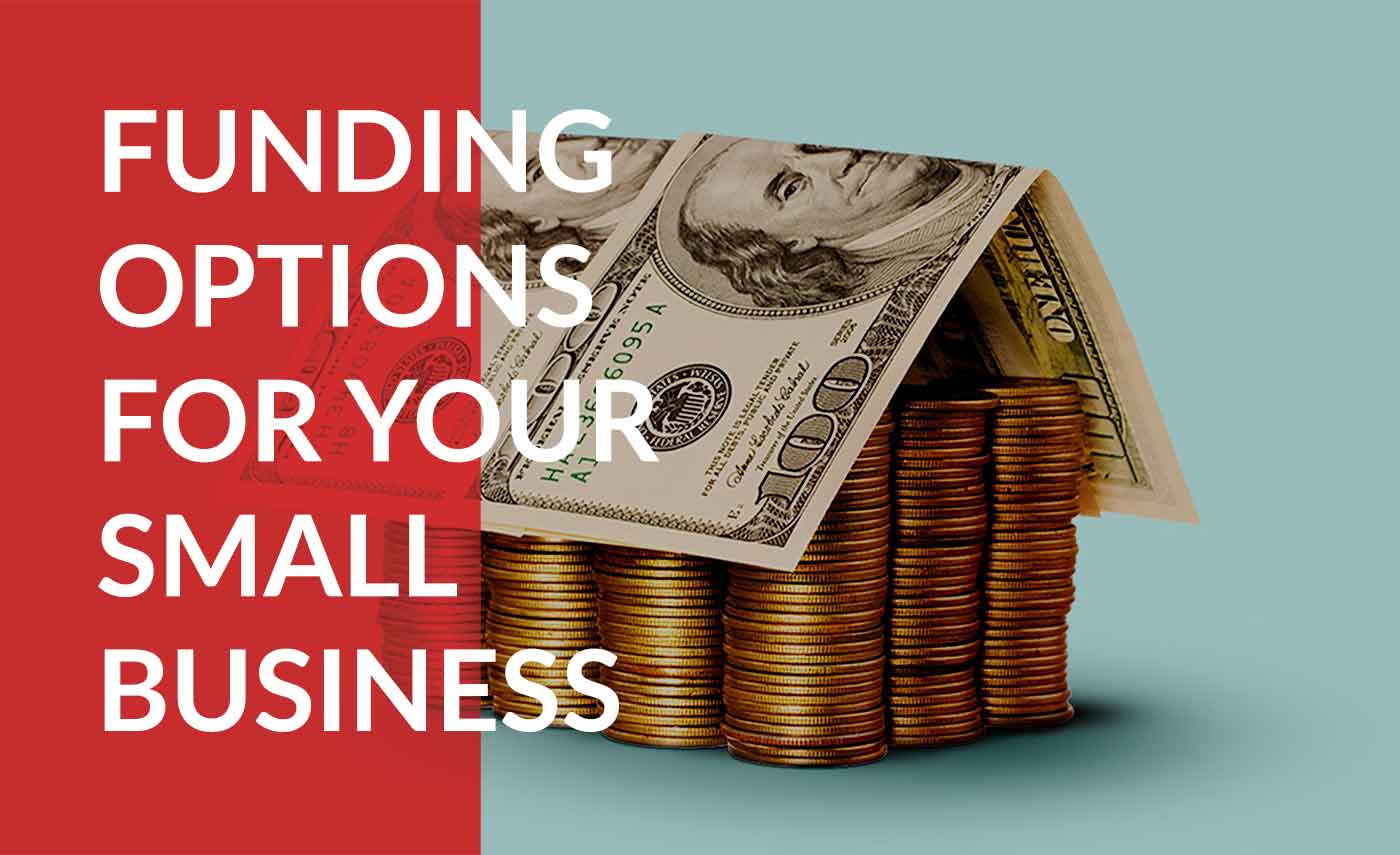Introduction
President Joe Biden’s administration has introduced several significant changes and proposals regarding student loans. These policies aim to address the growing student debt crisis in the United States, provide relief to borrowers, and make higher education more affordable. This comprehensive guide will explore the key aspects of Biden’s student loan policies, their impact on borrowers, and what you can expect moving forward.

Key Components of Biden’s Student Loan Policies
1. Student Loan Forgiveness
One of the most discussed aspects of Biden’s student loan policies is his support for loan forgiveness. Here are the main points:
- $10,000 Loan Forgiveness: Biden has expressed support for canceling $10,000 in federal student loan debt per borrower. While this has not yet been enacted into law, it remains a priority for the administration.
- Public Service Loan Forgiveness (PSLF): The Biden administration has made temporary changes to PSLF, making it easier for borrowers to qualify. This includes counting more types of payments towards forgiveness and broadening the definition of qualifying employment.
2. Income-Driven Repayment Plans
Biden aims to simplify and expand income-driven repayment (IDR) plans to make them more accessible and beneficial for borrowers. Key proposals include:
- New Income-Driven Repayment Plan: This plan would cap payments at 5% of discretionary income for undergraduate loans, down from the current 10-15%. Borrowers earning less than $25,000 annually would have no monthly payments and no interest accrual.
- Simplification of Existing Plans: The administration seeks to streamline the multiple existing IDR plans into one simple plan to reduce confusion and increase participation.
3. Interest Rate Reduction
Biden has proposed reducing interest rates on federal student loans to make repayment more affordable. Lower interest rates would decrease the overall cost of borrowing and help borrowers pay off their loans more quickly.
4. Community College Tuition-Free
A significant component of Biden’s higher education plan is making community college tuition-free. This initiative aims to reduce the burden of student loans by providing two years of community college education at no cost to students. The proposal is designed to increase access to higher education and improve economic mobility.
5. Targeted Loan Forgiveness
Biden’s administration has taken steps to provide targeted loan forgiveness to specific groups of borrowers, including:
- Borrowers with Disabilities: The administration has automatically discharged student loans for borrowers who are totally and permanently disabled.
- Defrauded Borrowers: Borrowers who attended institutions that misled or defrauded them, such as certain for-profit colleges, have received loan discharges through the Borrower Defense to Repayment program.

How Biden’s Policies Impact Borrowers
1. Immediate Relief
Some borrowers have already benefited from immediate relief measures, such as the automatic discharge of loans for disabled borrowers and loan forgiveness for defrauded students.
2. Potential Future Forgiveness
If the $10,000 loan forgiveness proposal is enacted, millions of borrowers could see a significant reduction in their student loan debt. This would provide substantial financial relief and potentially stimulate economic activity as borrowers have more disposable income.
3. Lower Monthly Payments
The proposed changes to income-driven repayment plans could lower monthly payments for many borrowers, especially those with lower incomes. By capping payments at 5% of discretionary income, borrowers would have more manageable payments and less financial stress.
4. Interest Savings
Reducing interest rates on federal student loans would decrease the overall cost of borrowing, allowing borrowers to pay off their loans more quickly and save money over time.
Steps to Take Advantage of Biden’s Student Loan Policies
1. Stay Informed
Keep up-to-date with the latest developments in student loan policies. Follow news sources, subscribe to updates from the Department of Education, and check reputable websites for information on new programs and changes.
2. Review Your Loan Status
Regularly check your student loan balance, repayment plan, and interest rates. Knowing your current status will help you understand how new policies may affect you.
3. Explore Repayment Options
Take advantage of existing income-driven repayment plans and other repayment options. Contact your loan servicer to discuss which plan is best for your financial situation.
4. Apply for Forgiveness Programs
If you qualify for PSLF or other loan forgiveness programs, ensure that you complete the necessary applications and meet all requirements. Keep records of your employment, payments, and any correspondence with your loan servicer.
5. Advocate for Change
Consider joining advocacy groups or participating in campaigns that support student loan reform. Collective efforts can help push for the enactment of beneficial policies and ensure that borrowers’ voices are heard.
Potential Challenges and Considerations
1. Legislative Hurdles
Many of Biden’s proposals require approval from Congress, which can be a significant hurdle. Legislative gridlock or opposition can delay or block the implementation of certain policies, such as broad loan forgiveness.
2. Implementation Complexity
Even when policies are approved, the implementation process can be complex and time-consuming. Changes to repayment plans, interest rates, and forgiveness programs require coordination between the Department of Education and loan servicers.
3. Equity Concerns
Some critics argue that broad loan forgiveness may not address underlying issues in the higher education system, such as rising tuition costs and unequal access to education. Ensuring that policies are equitable and benefit those most in need is a critical consideration.
Conclusion
President Biden’s student loan policies aim to provide significant relief to borrowers, simplify repayment options, and make higher education more accessible. While many proposals are still in progress, the administration has already taken steps to assist specific groups of borrowers and propose broader reforms. By staying informed and proactive, borrowers can take advantage of these changes and work towards achieving financial stability and educational success.
FAQs
Q1: When will the $10,000 loan forgiveness be implemented? A: As of now, the $10,000 loan forgiveness proposal has not been enacted into law. It requires approval from Congress, and its future remains uncertain. Stay updated with news from the Department of Education and other reliable sources for the latest information.
Q2: How do I know if I qualify for Public Service Loan Forgiveness? A: To qualify for PSLF, you must work full-time for a qualifying employer (government or non-profit organization), make 120 qualifying monthly payments under a qualifying repayment plan, and have Direct Loans. Visit the Federal Student Aid website for detailed information and to submit the PSLF form.
Q3: How can I apply for income-driven repayment plans? A: You can apply for income-driven repayment plans online through the Federal Student Aid website or by contacting your loan servicer. You’ll need to provide information about your income and family size to determine your payment amount.
Q4: Are there any automatic discharges for specific groups of borrowers? A: Yes, the Biden administration has implemented automatic discharges for certain groups, such as borrowers who are totally and permanently disabled. Ensure your contact information is up-to-date with your loan servicer to receive notifications about automatic discharges.
Q5: What steps can I take to advocate for student loan reform? A: You can join advocacy groups, participate in campaigns, contact your elected representatives, and share your story to raise awareness about the need for student loan reform. Collective efforts can influence policy changes and support the implementation of beneficial policies.



